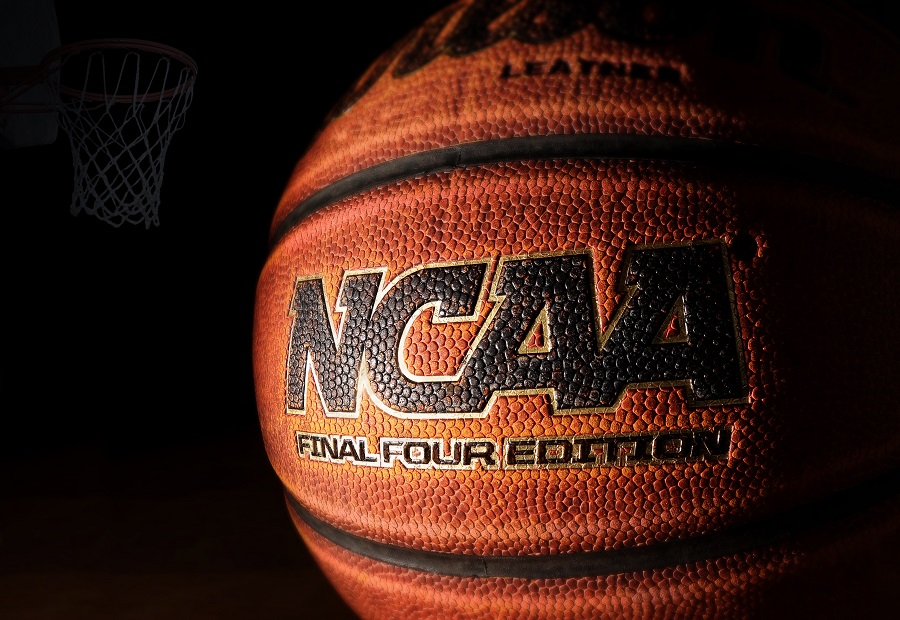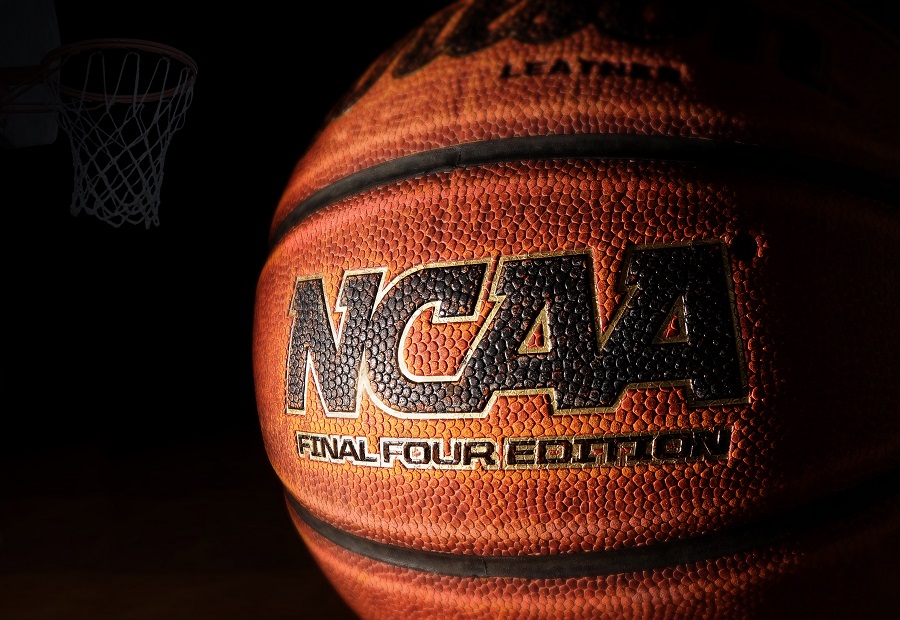
The History of the NCAA Final Four
The Final Four is the culmination of years of hard work, dedication, and passion. It is one of the most famous events in college basketball. Every year, millions of fans around the country gather to watch the best college basketball teams compete in the NCAA Men’s Division I Basketball Tournament. But how did the Final Four originate? To understand its history, we must travel back to the early 20th century.
In the beginning: The 1930s
The idea for the Final Four has its roots in the National Invitation Tournament (NIT), which was first held in 1938. The NIT was an invitational tournament with eight teams. It was run by the Metropolitan Basketball Writers Association and took place at Madison Square Garden in New York City. The event featured the best college basketball teams of the era and quickly gained popularity.
However, the NCAA, founded in 1906, was seeking to establish its own championship tournament. In 1939, under the leadership of Ohio State University coach Harold Olsen, the first-ever NCAA Men’s Basketball Tournament took place. There were eight teams in this single-elimination tournament, and Oregon beat Ohio State to win the first title.
The birth of the Final Four: The 1940s
In 1940, the NCAA tournament expanded from eight to sixteen teams, and the term “Final Four” was informally used to describe the last four teams remaining in the competition. However, the term wouldn’t be officially adopted until decades later.
The 1950s and 1960s: Integration and growth
The 1950s and 1960s were crucial decades in the development of the Final Four. The tournament expanded to 22 teams in 1953, and the Civil Rights Movement of the 1960s led to increased racial integration in college sports. The presence of African American players, such as Bill Russell, Wilt Chamberlain, and Oscar Robertson, brought new levels of talent and competitiveness to the game.
The term “Final Four” becomes official: The 1970s
In 1975, the NCAA officially adopted the term “Final Four” to describe the last four teams remaining in the tournament. By this time, the tournament had expanded to 32 teams, and the Final Four games were played on a rotating basis at various venues across the United States.
The modern era: The 1980s to today
The NCAA Tournament has grown exponentially since the 1980s, increasing the number of participating teams to 64 in 1985 and later to 68 in 2011. The Final Four has become a cultural phenomenon, with fans filling out brackets and participating in office pools in hopes of predicting the tournament’s outcome.
In recent years, the Final Four has become synonymous with intense competition, thrilling finishes, and unforgettable moments. From the iconic 1983 North Carolina State championship win to the 2016 Villanova buzzer-beater victory, the Final Four has consistently provided fans with heart-pounding action and indelible memories.
The Final Four has come a long way since its early days as an eight-team tournament. Today, it stands as one of the most prestigious events in college sports, capturing the hearts and imaginations of fans across the nation. With the tournament’s continued growth and popularity, the Final Four is sure to remain an essential part of the American sports landscape for years to come.
Photo Credit: Depositphotos










.png?alt=media&token=ce098d02-2444-4d43-8c36-7ee988c02225)